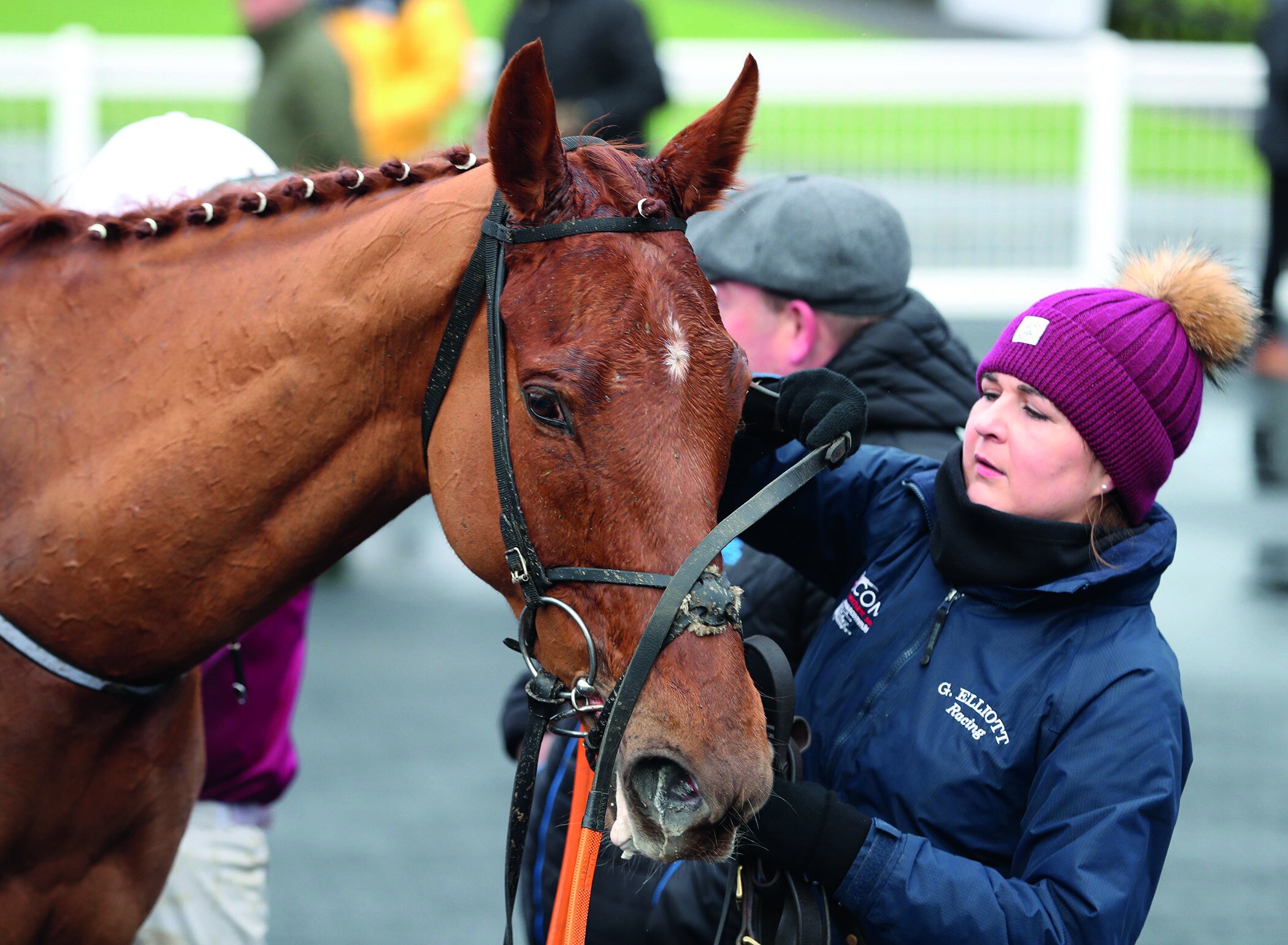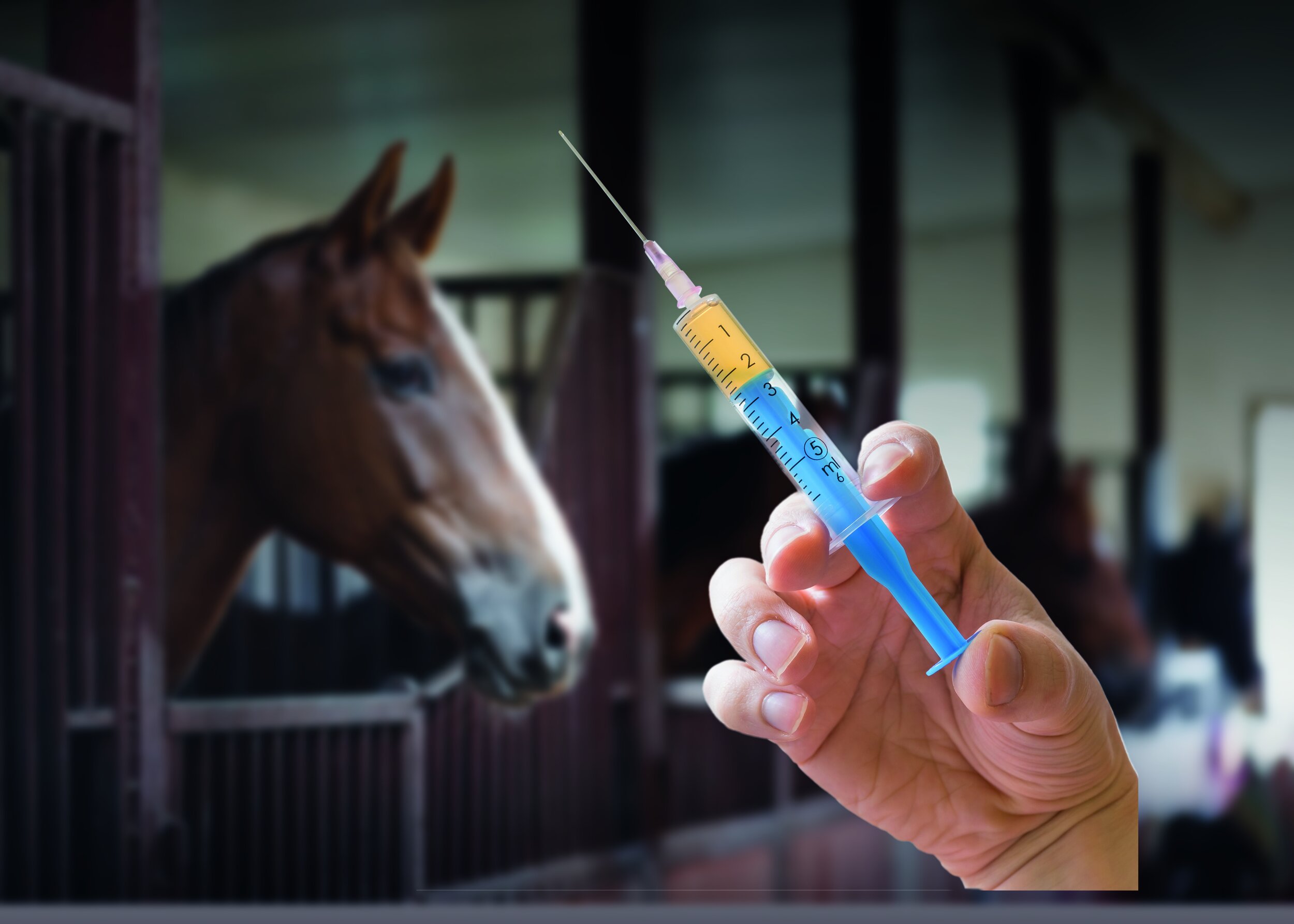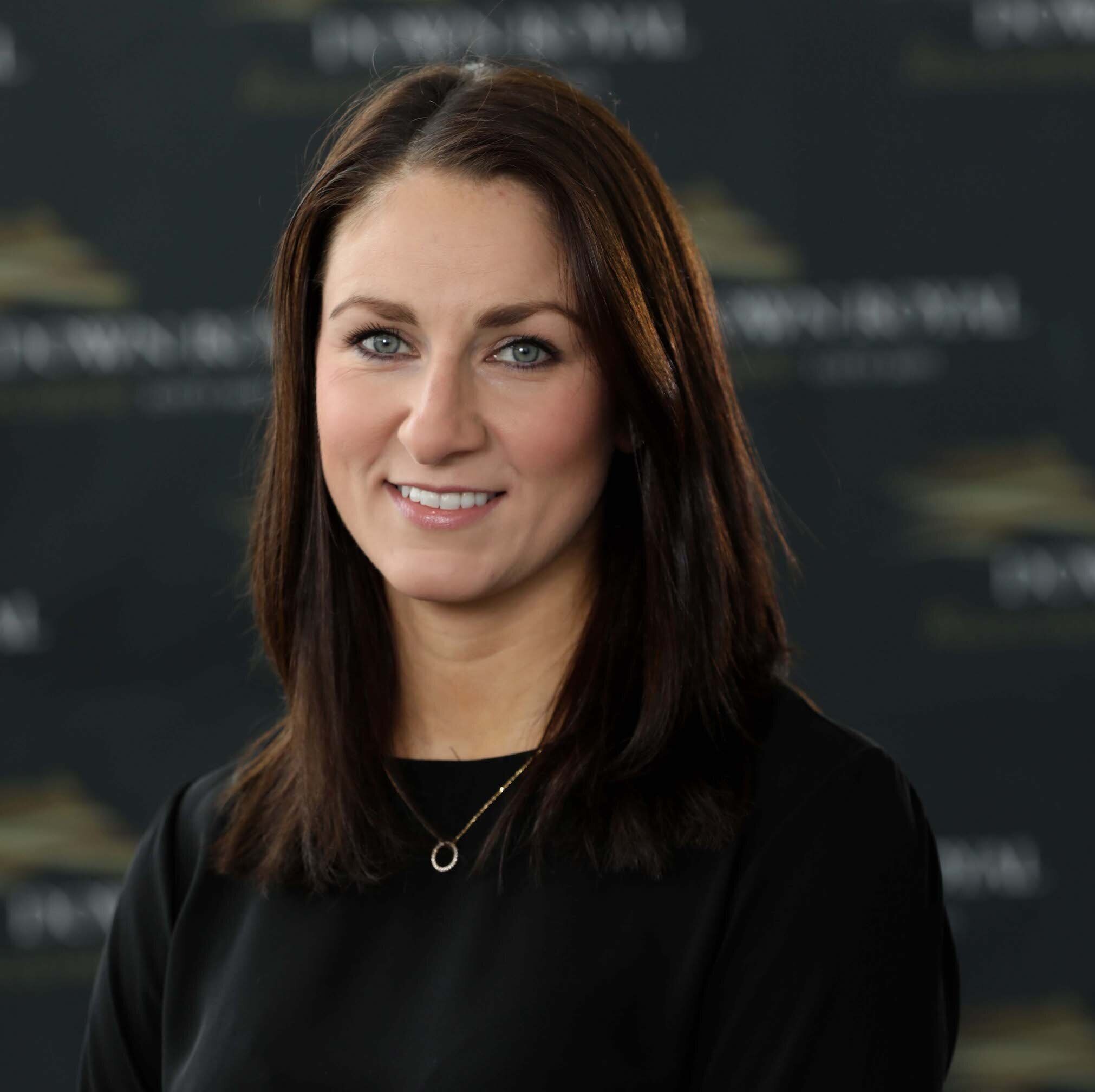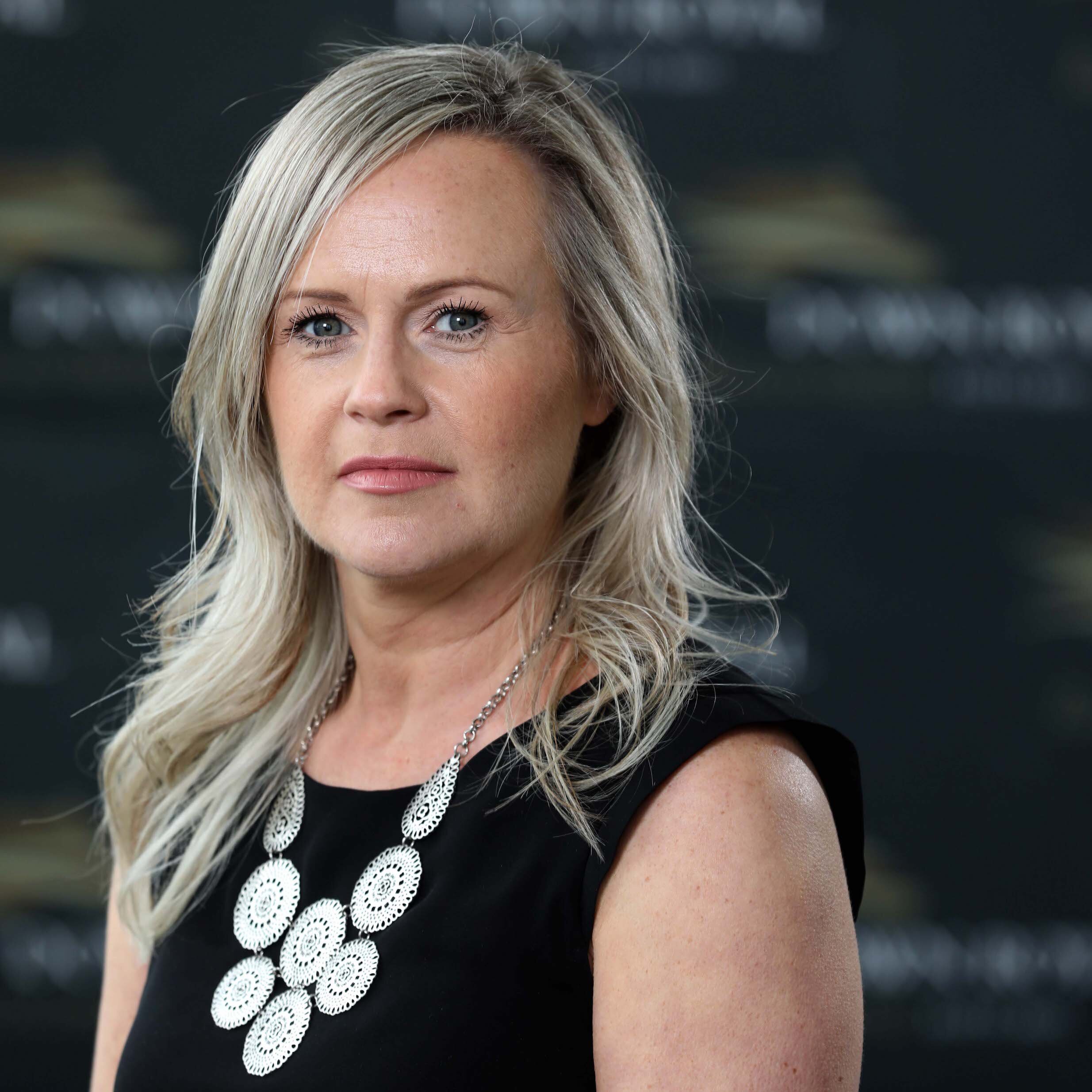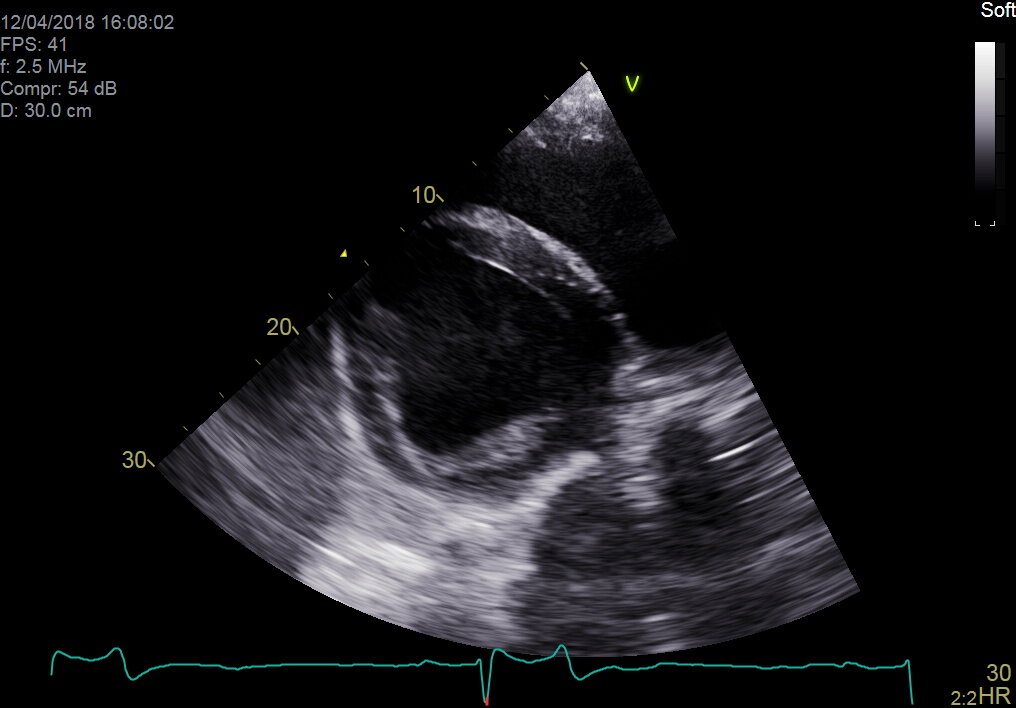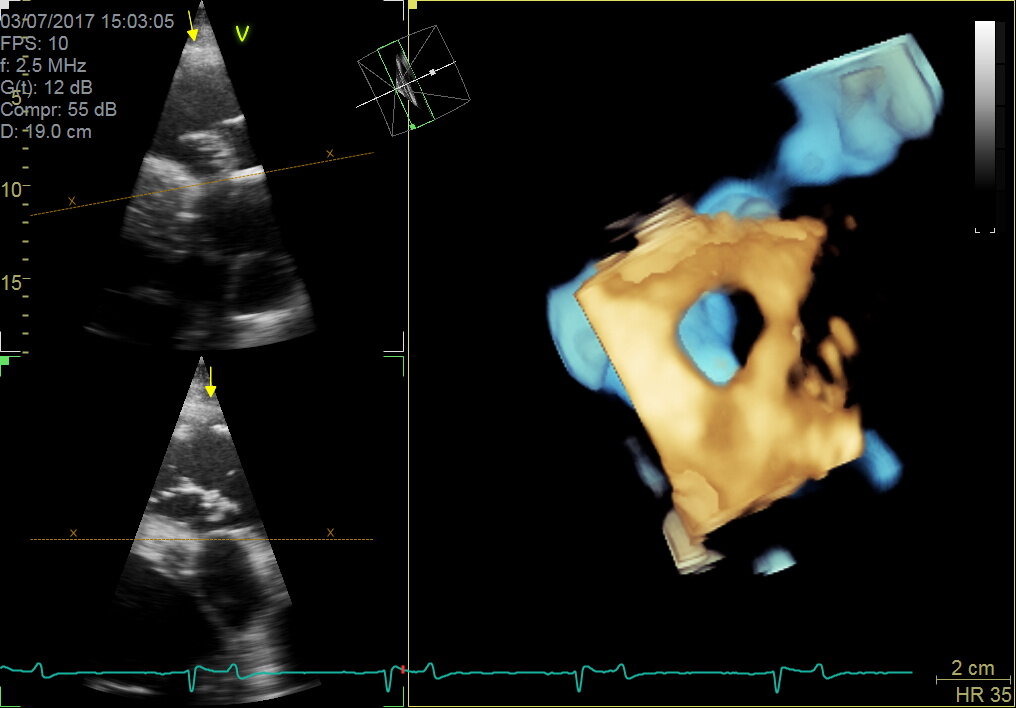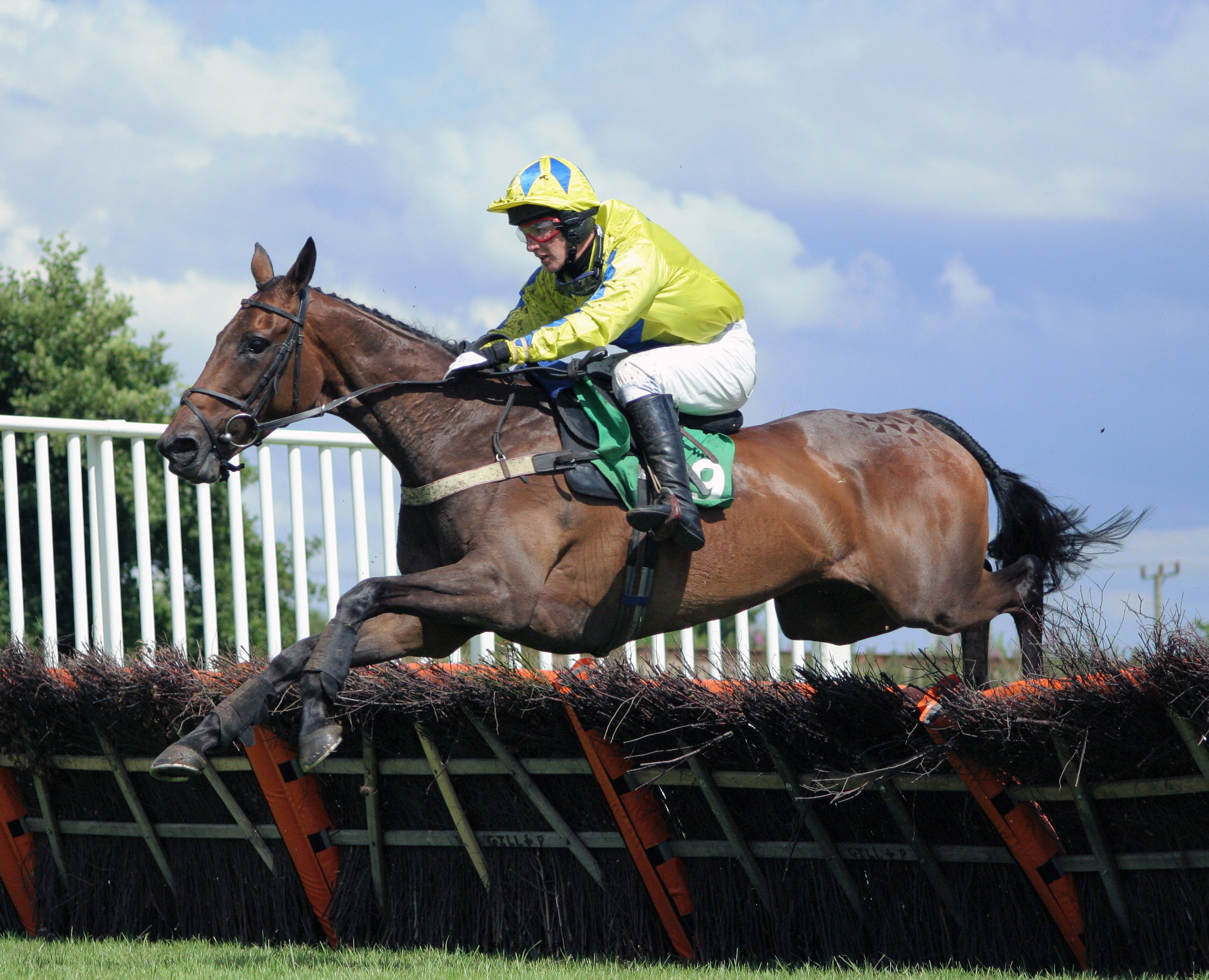Whipping up a storm
/Jakub Kasprzak (Polish Jockey Club) expresses his opinions - translation: Joanna Krawczyk (Polish Jockey Club)
This time it is Poland that has become an arena for the debate on the use of the whip in horse racing. It all started after the 2020 Derby, when Szczepan Mazur atop the winning colt Night Thunder (IRE) exceeded the limit of six whip strokes on the finishing straight (for which he was punished by the Stewards). The margins between the first three horses at the wire - ‘½ - head’. The owners of the horses that finished in second and third places [Inter Royal Lady (IRE) and Timemaster (FR)] felt cheated. They accused the victorious rider of unfair play and torturing the horse. They lodged a protest to disqualify the winner and to suspend the rider—for life—from race riding.
The Stewards dismissed the protest. However, the matter gained momentum and took on a life of its own. People actively involved in racing, as well as former riders, fans and supporters, all had something to say. Some people expressed their opinions very clearly, stigmatising the situation that took place and spreading information left and right about the ‘bad, bandit behaviour of the rider’, about the fact that ‘money is more important than the welfare of animals’, or about the ‘lack of reaction from the Racing Commission, organiser and racing authorities’. Whereas a thorough assessment of the rider's behaviour, as well as the statements about the use of the whip in horse racing or the evaluation of the work of Stewards, should be preceded by a theoretical analysis of the matter and existing regulations in Poland and other countries.
Below, based on widely available sources, is a presentation of what the permissibility of using the whip in racing is dictated by, as well as the method of regulating the use of the whip in Poland and other countries. Finally, some high-profile examples of whip abuse, leaving the final judgment to the readers.
We should start with what racing is. According to the Polish Act on Horse Racing, these are trials, which the task is to assess the breeding value and select the best individuals for further breeding. For this to happen, the riders have their own rights, duties and responsibilities in the race, including ‘the use of such tactics to show the maximum abilities of the ridden horses.’ Of course, everything is within the limits of common sense and in accordance with the established rules. On the other hand, ‘A rider who: 1) does not make every effort to win the race or take the best possible place, shall be subject to a financial penalty or the penalty of suspension of the riding license’.
And this is where the following questions come to mind:
- Did the rider who had a chance to take a better place, but did not want to receive a penalty from the judges, make the effort to take a better place?
- Does the rider become an ‘executioner’, ‘brutal’ and a ‘bandit’ by exceeding the current limit of strokes?
- From how many strokes do we determine that the rider is ‘a brute or an executioner’? 10, 20 or maybe 1?
- By exceeding the whip limit, did the rider achieve a better result—but not by fair play?
- What is the appropriate penalty—financial or suspension of a licence, or maybe trainers should enter such a rider ‘without a whip’?
- How does one evaluate the damage of the horse’s image and its welfare after ‘cutting a few quick ones’?
The whip in training literature
The award for the best football player is the Golden Ball, for the best speedway rider, the Golden Helmet; and for the best rider, the Golden Whip. There is no point in discussing the symbolic aspect of the whip. The problem is understanding that it is not an end in and of itself, but it is an aid in achieving the desired result in a race. It has been, is and will be inseparable from the rider's profession, because it is one of the many tools used during training and racing. As John Hislop put it in “The Theory and Practice of Flat Race Riding” (The British Racehorse, 1971): ‘The use of the whip in riding can be divided into four categories: punishment, education, encouragement and guidance.... Should the question of punishing a horse arise, the rider will be well advised to ensure that he can do so properly.... If a horse is to be punished at all, he should be hit hard, well behind the stifle and, preferably, left-handed. If he is merely looking around him, a smart tap on the shoulder, without taking the hand off the rein, should be sufficient to remind him that he is not there for sightseeing, and be unlikely to cause a dissolution of the partnership.
‘In the case of a well-trained, manageable horse, therefore, the use of the whip is confined to encouragement and guidance.
‘The damage done by improper use of the whip on the racecourse cannot be overestimated. In this way honest horses are turned into rogues, the spirit of a sensitive one may be broken, and races can be lost through horses being caused to go off the true line, or curl up. The first principle in the use of the whip in race riding is not to hit horses too hard. Occasionally, a thick-skinned, indolent horse needs a couple of good hard cracks to bestir him, but for the average horse a couple of taps, or even the mere sight of the whip swinging, is sufficient to make him do his best. If a horse is to keep on racing effectively, he should not be made to dislike it; particularly he should not learn to associate pain with the finishing stages of a race. If he is to be hit hard, it is far better to give him two or three good cracks some way from home, when he still has some running left in him, then to do so in the final stages when he is all out.’
So much for Mr. Hislop... And what about Col. Karol Rómmel in “Practical tips of horse training for hurdle races cross country” (Military Institute of Research and Education, 1938)?
‘If riding out the horse with the use of hands and legs does not help, and there are just a few meters left to the wire, where even a slight difference in length is decisive for victory, the rider must sometimes use the whip. Hitting a horse over the entire "straight" or without any sight of taking a place in the race is a shameful cruelty, which in addition has a completely undesirable result.
‘Almost every Thoroughbred gives its maximum effort in a race and basically, apart from having to be ridden out, does not require any encouragement to work. Only occasionally we find individuals so blunt that the help of spurs or even a whip is really indispensable. Therefore, one should treat the whip as an unpleasant last resort and use it, though not always, just before the wire itself, in the final fight for victory. The whip, held with the reins, by the right hand next to the knob, rests with its thin end on the horse's shoulder. Before using the whip, the rider moves the reins to the left hand to the rhythm of the gallop, but does not reduce their tension and does not interrupt the rhythmic “riding out” movement of the hand (in this case only one hand). At the same time, the right hand "twirls" the whip in the direction of the movement and turns the whip with its tip upwards. The rider now holds the whip end first, parallel to the horse's neck, approximately at eye level. The left hand continues the energetic riding-out movement. Immediately before the stroke, in order to catch the rhythm, several "twirls" of the whip should be made to the rhythm of the gallop in the direction of the tail, wherein the movements of both hands must be strictly coordinated, i.e. when the left hand is extended, the end of the whip is near the horse's right groin. After 2 or 3 "twirls", the rider hits the horse short and hard behind the girth or a bit further, but not in the groin, still to the rhythm of the gallop and always with a twirling whip movement.’
The above studies are from 1938 and 1971. Despite the differences regarding the use of the whip in the last metres of the race, both gentlemen agree that the whip should be treated as a last resort, and additionally, show first, then hit. They also both agree on the technique (method) of hitting: holding the reins in both hands, as well as the fact that sometimes there are ‘thick-skinned’ or ‘blunt’ individuals that need a much stronger impulse. Generally, one can draw the conclusion from their statements that apart from the necessity and need to use a whip sometimes, you should take care of the welfare of the animal you work with, because it will pay off in the future. And they came to such conclusions several decades ago!
What has changed since those years? Not much, actually. It is difficult to come up with something else, except that it should be diligently implemented and applied under the supervision of experienced instructors (trainers). Unfortunately, the lack of education causes problems. An example of this are the answers of future riders during exams, which check their theoretical knowledge of racing rules. When asked, ‘What will change when you win the 10th race in your career?’ (According to Polish rules, a rider who has not won 10 races cannot ride horses with a whip in flat races.) Ninety-nine percent of them reply, ‘I will get a whip’. …








